How to Teach Collaboration
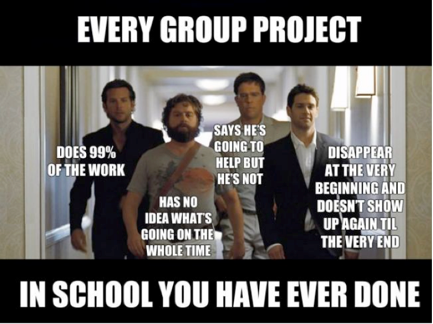
Before launching into literature circles, fishbowl discussions, Socratic Seminars, or any other small group pedagogy, let’s teach students HOW to work together. Here are five ways to take the guesswork out of group work.
Word Splash Worksheet
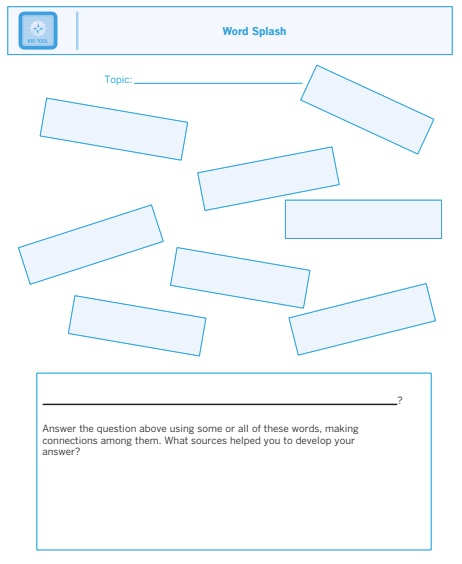
A word splash presents several new (and perhaps unfamiliar) vocabulary words and phrases randomly across the page. A “question box” appears at the bottom of the page. As a pre-assessment, you can ask “What do you now know about…? Answer this question using some or all of these words, making connections among them.
Close Reading Bookmarks
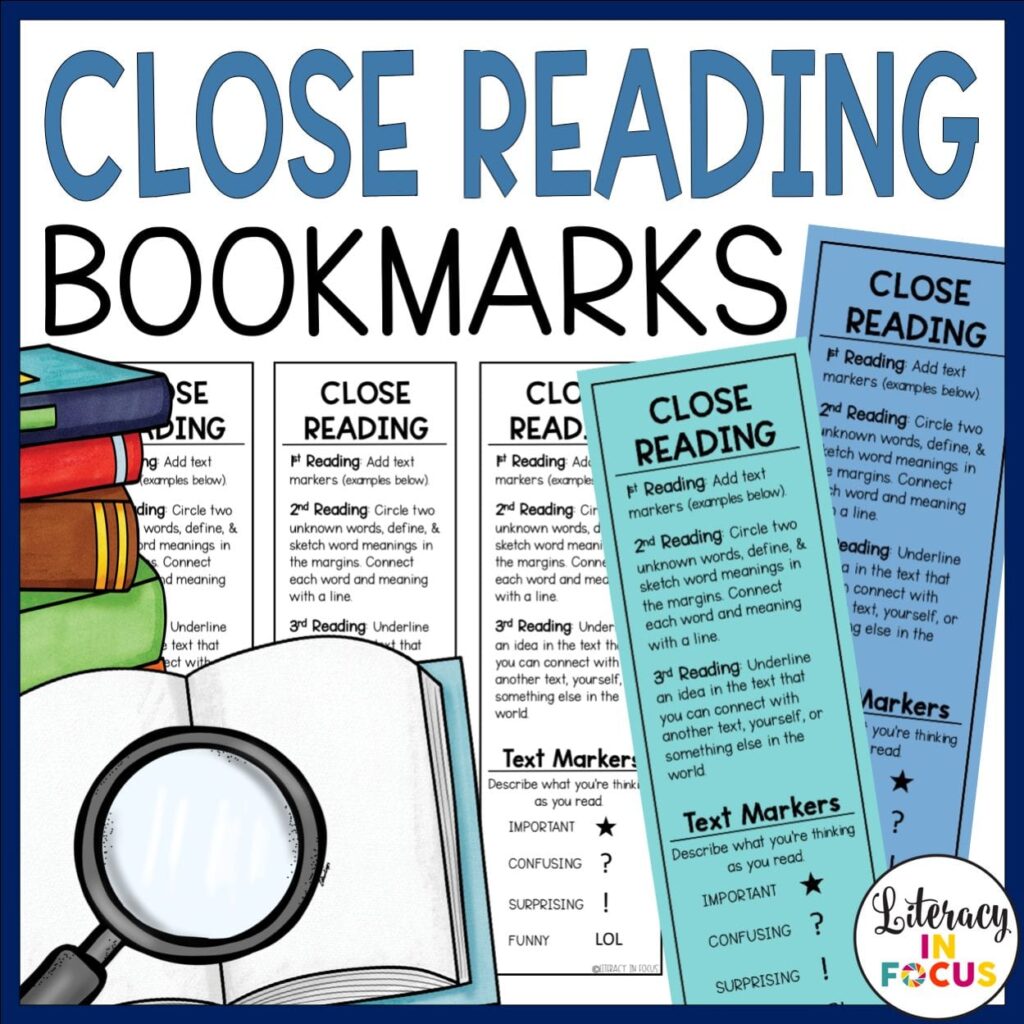
This simple tool is an excellent way to help students keep track of evidence as they read and prepares them for discussion or writing. On the left is an “as you read” bookmark at DOK 1, locating text features and describing the information that is contained in them. On the right is an open-ended template for use with a range of questions.
Send-a-Question

This strategy promotes team building and concept review as well as explorations that are more open-ended. Students work in groups of 3 or 4. Each team “puts their heads together” for a few minutes to develop a question or problem for another team to answer, solve, or respond to. Before they send it to the next team, they must draft an acceptable response to their question…
Problem-Solving Carousel
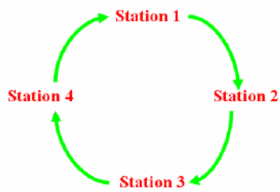
Each station has a different multi-step problem written on a large whiteboard or piece of chart paper. Groups are assigned to a station and begin working together to solve the problem written there. Time is called…
Note-Taking: Research Round-Up
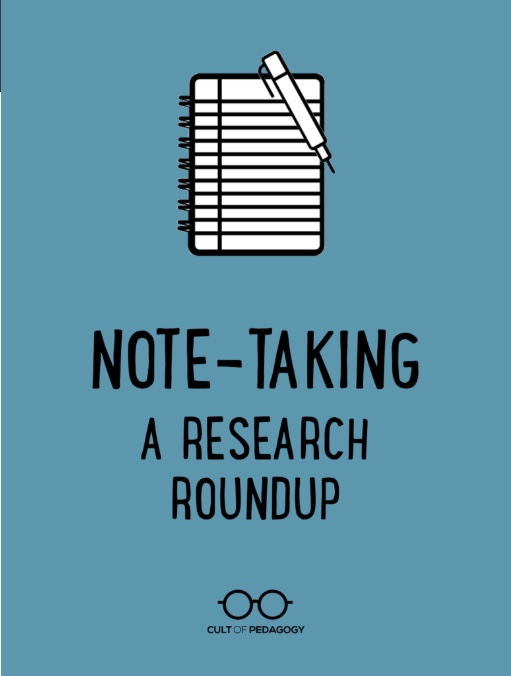
We all have our own half-baked ideas about what makes one note-taking approach better than another, but if we’re going to call ourselves professionals, we need to know what the research says…
5 Ways to Turn a Worksheet into a Collaborative Critical Thinking Activity
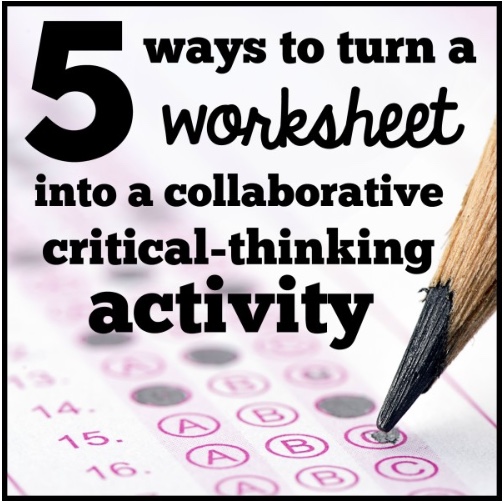
Here are 5 no prep ways you can turn just about any lower level thinking or rote practice worksheet (like a multiple choice or fill-in-the-blank quiz, or math drill workbook page) into an activity that’s collaborative and includes higher level thinking skills. The best part? The activities are engaging for kids and FUN.
How to Build a Better Slideshow
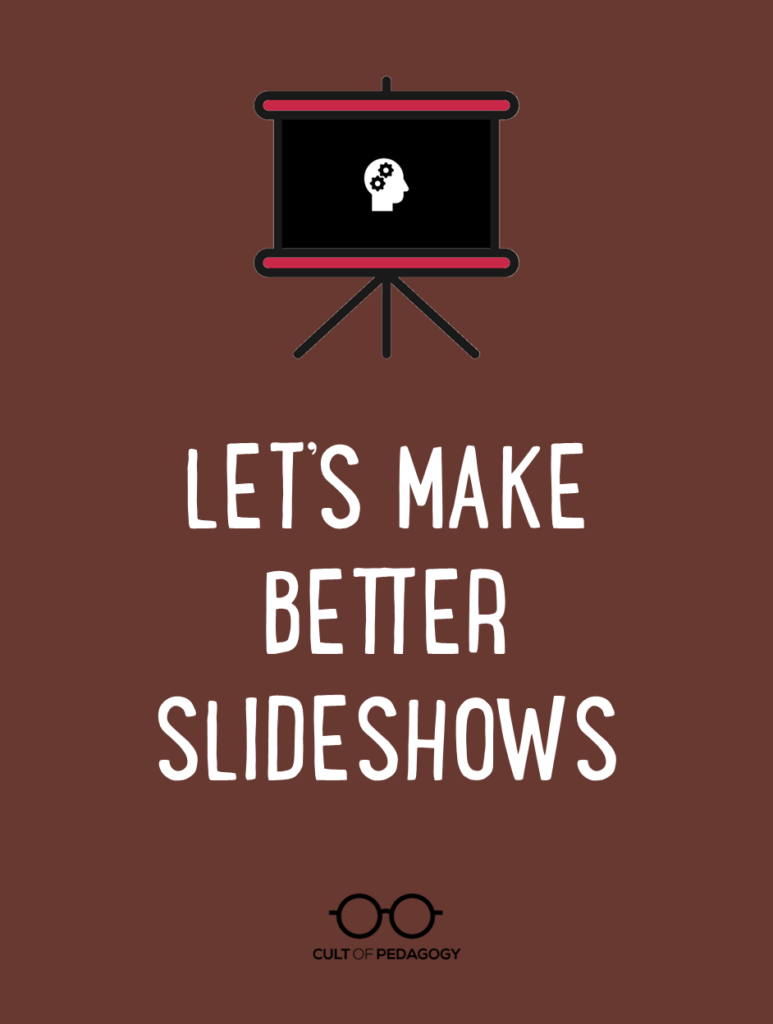
Far too many PowerPoints and other slideshow presentations (by students AND teachers) are suffering from some very fixable problems. Here are six things you can do to make your slideshows better….
Tech Tools for Mind Mapping
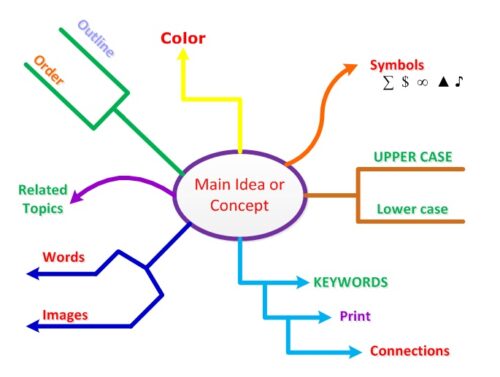
Graphic organizers, or “mind maps,” make thinking visual, organizing concepts in a way that shows how they are related. The tools presented here make it possible to create these organizers, or mind maps, with text, images, videos, and links to outside sources, making them a rich multimedia experience. They also allow multiple users to work on the same map simultaneously, even from different locations.
10 Review Activities for Any Unit
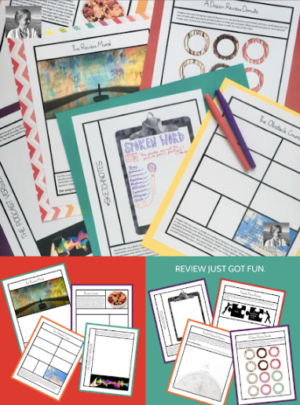
It’s easy for review to get a little mundane, quickly going back over everything through a teacher-led Powerpoint or silent study with flashcards. But there are lots of other options. Here are ten easy ideas to get your students thinking back clearly and creatively…
SOAPSTone Analysis: Essay Planning
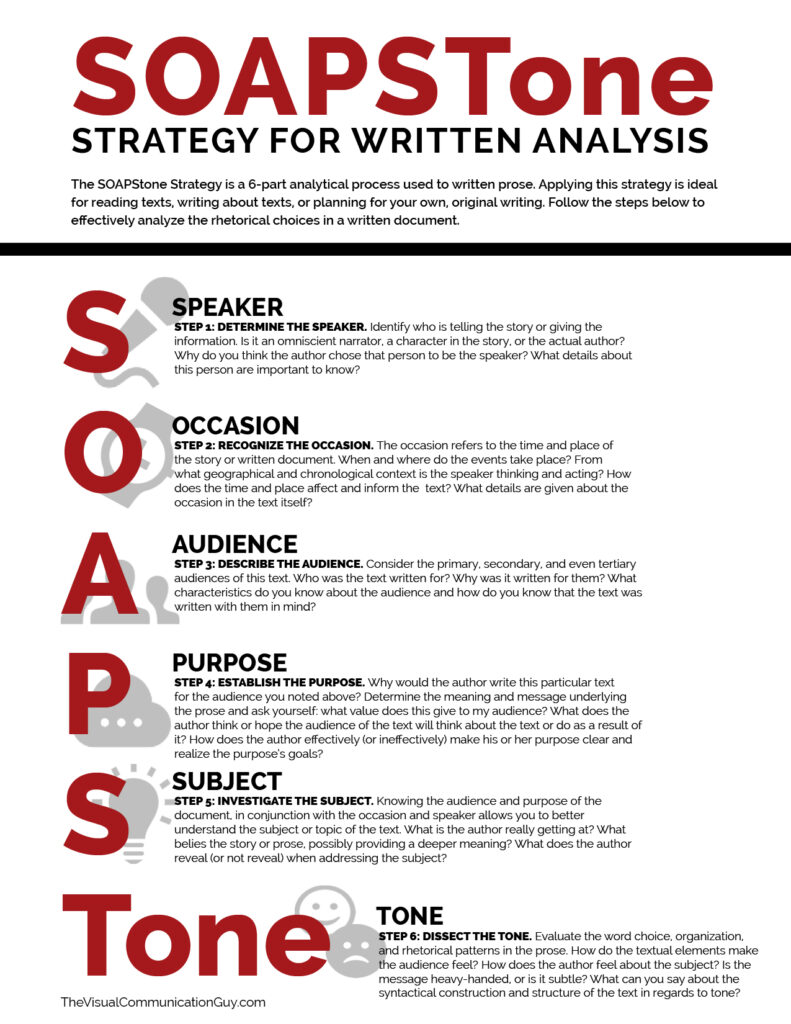
Good composition, whether written, spoken, or drawn, is carefully planned. This composition has integral parts that work together in a complex and subtle arrangement to produce meaning. SOAPSTone provides a concrete strategy to help students identify and use these central components as a basis for their own writing…
Forced Choice Partners (Would You Rather…?)
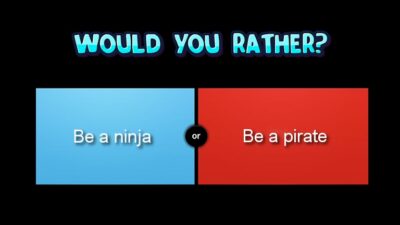
This activity can be used as an icebreaker or as a way to move students into pairs or small groups for content-related discussion. The teacher asks (or projects) a question on a light or funny topic that forces students to select one of two options…
Discussion Warm-Ups
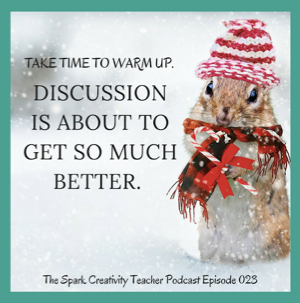
Most students just don’t respond well to walking into class and kicking off a discussion cold-turkey. When you ask a question first thing, silence and awkward eye contact avoidance is most likely all you will get…
Exit Ticket Sorting Bins
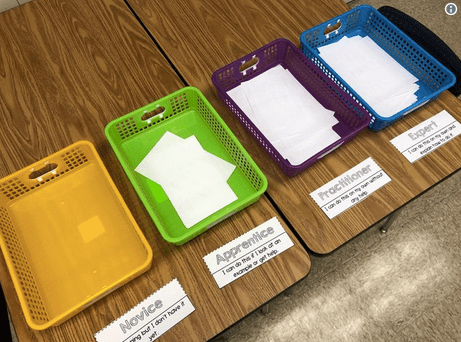
Having students self-sort their exit tickets according to their confidence level with the knowledge or skill being assessed adds a metacognitive component to the formative assessment. This not only builds student’s reflective and self-assessment skills, but also cuts down on the time it takes teachers to evaluate exit tickets…
Teacher Clarity
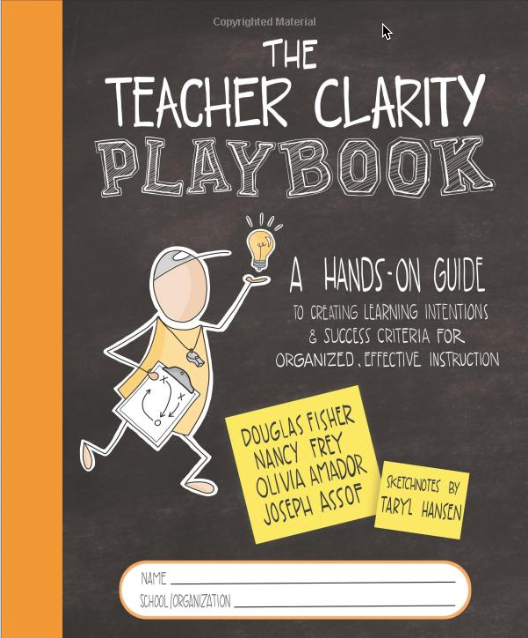
Teacher clarity is a measure of the clarity of communication between teachers and students in both directions. It can be described across four dimensions: Clarity of Organization, Clarity of Explanation,
Clarity of Examples and Guided Practice, and Clarity of Assessment.
Sketchnoting
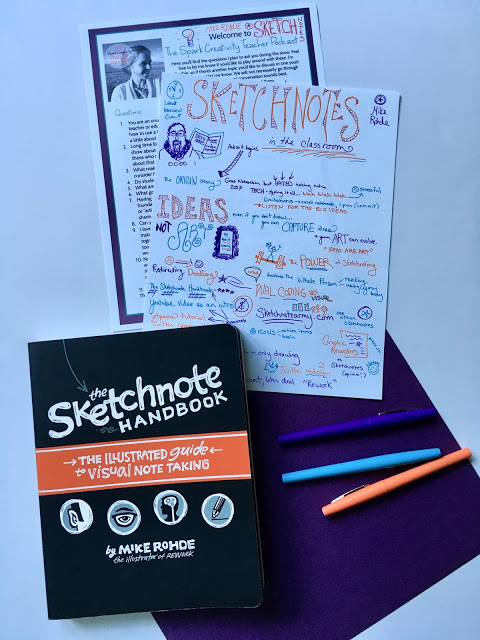
Sketchnotes are like one-pagers that you create on the fly, making your choices rapidly as you process information and get what really matters down onto your notes through a combination of pictures and words…
One-Pagers for the Art-Phobic
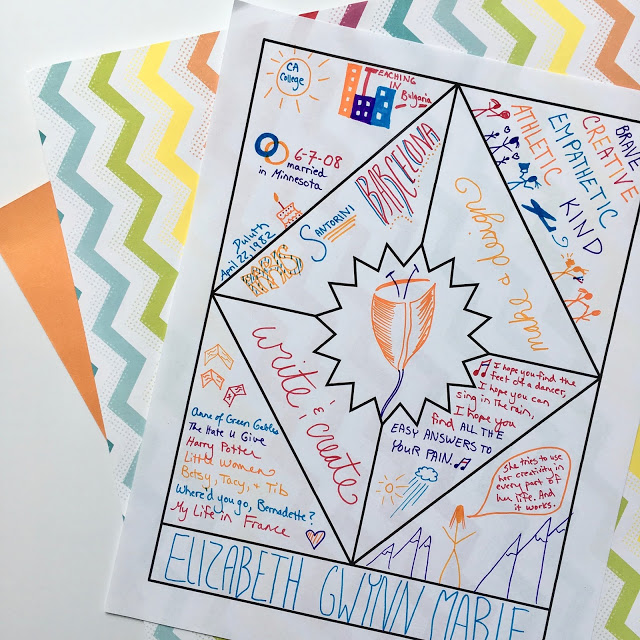
One-pagers are becoming increasingly popular as a way to help students process what they have read in one powerful activity. Like sketchnotes, they combine visuals with text to make ideas come alive in students’ minds and memories…
Is That Higher-Order Task Really Higher-Order?
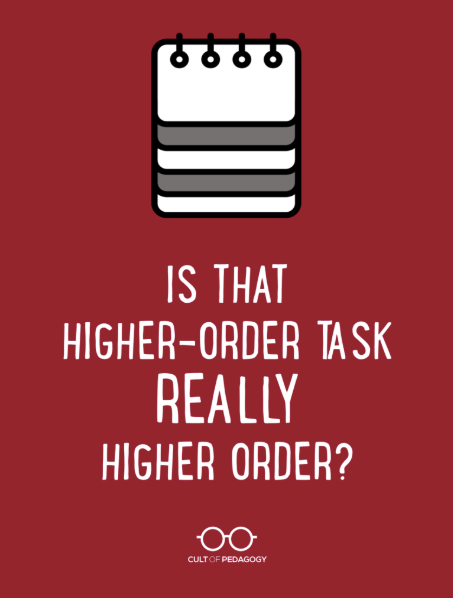
It’s kind of a given that most teachers want their students to be doing rigorous, challenging work. Ask any teacher, “Is it your goal to simply have students regurgitate facts in your class?” and every time, the answer will probably be no. And yet, that exact thing is happening more often than we realize. It’s not for lack of trying: For years, teachers have consulted their Bloom’s flip charts and DOK wheels to choose the verbs that are meant to represent higher levels of thinking. In a lot of cases, though, while the right verbs are being used, the tasks they represent aren’t actually on the level teachers think they are.
DOK Ceilings
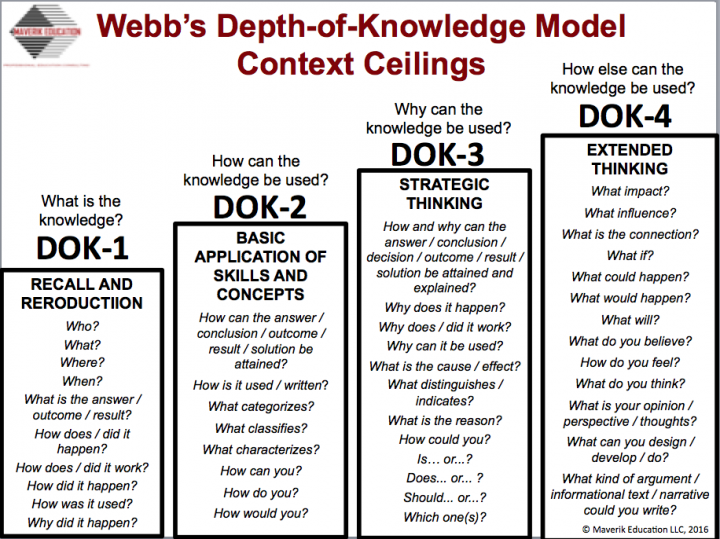
This visual, designed by Erik Francis of Maverick Education, is intended for teachers to use to plan and provide their instruction and assessment, and also for administrators to use as a guide for observing and evaluating teacher instruction and effectiveness. It is an attempt at a graphic representation that not only embodies Webb’s concept of depth of knowledge but also how Hess, Carlock, Jones, and Walkup explain how the Webb’s DOK model superimposes with Bloom’s Revised Taxonomy in their Cognitive Rigor Matrix.
DOK is NOT a Wheel!
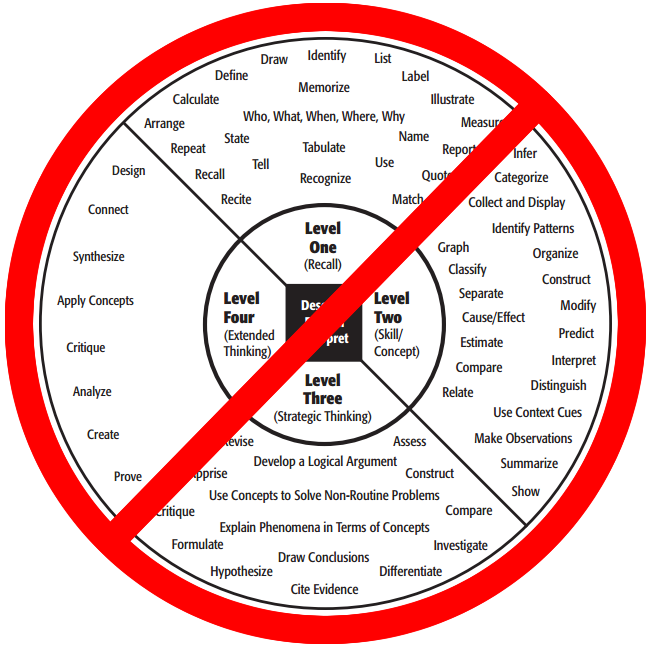
Depth of Knowledge. It’s a concept we in education have heard a lot about since our states transitioned to college and career ready standards – be it the Common Core State Standards, the Next Generation Science Standards, or whatever each individual state has decided to call their academic standards that promote college and career readiness.
It’s also one of the most misinterpreted and misrepresented concepts in education that is not only confusing but also frustrating us educators. Most of it is due to the infamous DOK Wheel.
